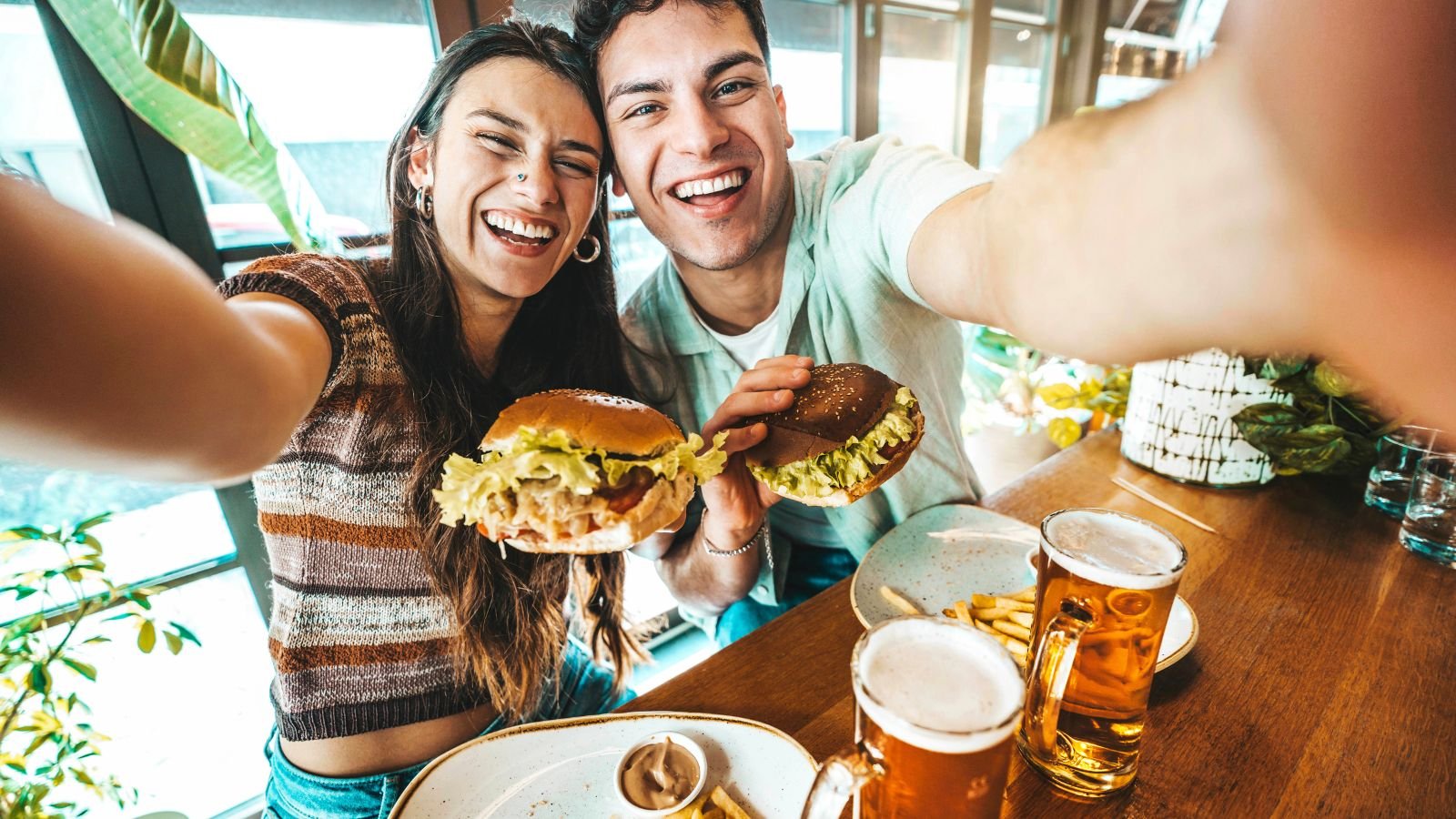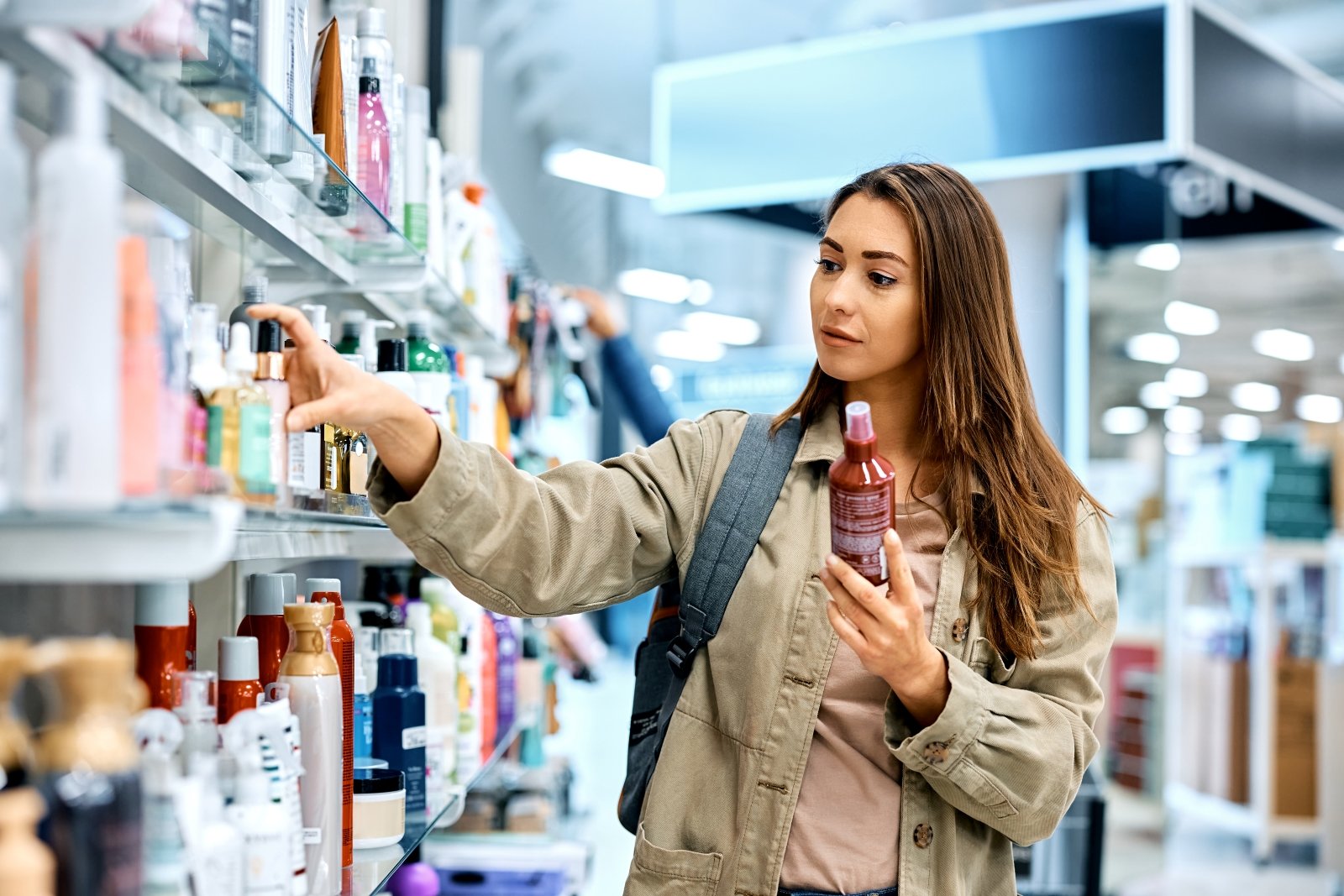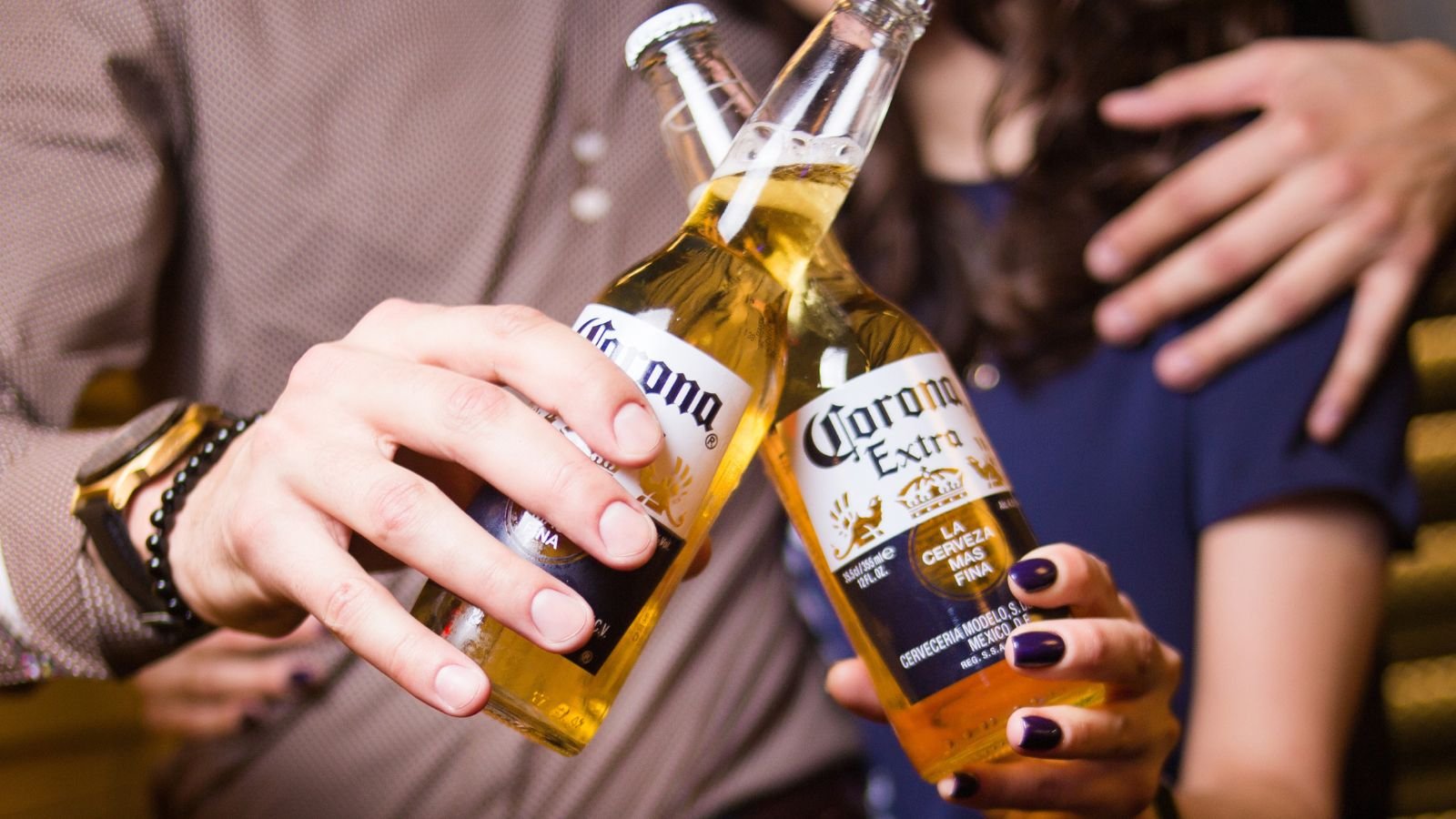From everyday essentials to luxury indulgences, American consumers’ buying habits provide valuable insight into their spending habits, preferences, lifestyles, and economic conditions. In 2022, when the American economy touched an all-time 40-year-high inflation rate of 9.1%, despite the rising cost of goods, consumer spending increased 9%. Much of it concerned consumers having fatter wallets to spend on consumer goods as the economy had opened up after the COVID-19 pandemic and social distancing had eased up.
According to the Consumer Expenditure Survey and the US Bureau of Labor Statistics, the American household earned an average of $94,003 in 2022 before taxes and spent approximately $72,967 on home food, restaurants, apparel, buying car, fuel, and personal care products. A consumer spends first and foremost on consumer staples like food, beverages, and household items, then on other consumer goods such as clothing, cleaning, and personal care products. Consumer spending on electronics, automobiles, and jewelry reflects disposable income, a good indicator for gauging the economy’s strength.
Read on to learn about 10 consumer goods that Americans buy most.
Food And Beverages

Food and beverages are the most purchased consumer goods, with the average American household spending approximately $9343 annually on groceries and dining out. Essentials like meats, beverages, dairy, cereals, bread, and fruits and vegetables dominate grocery expenditures. The convenience of online grocery shopping has surged, with platforms like Amazon Fresh and Instacart becoming household names and 26% of respondents admitting to buying foods online. Additionally, it is estimated that 16.6% of total food revenue will be generated through online sales by 2024. The US food market is expected to grow annually by 4.05%.
Clothing And Footwear

Clothing remains a staple, with American consumers spending an average of US$1945 on apparel and apparel services in 2022. Surprisingly, Generation X spends the most on clothing. Apparel and shoes are the most popular online purchase categories among US consumers, with 43% and 33% of 10000+ respondents claiming to purchase them online. Apart from many fast fashion brands offering trendy and affordable clothing and footwear options, the rise of sustainable and ethically produced fashion is also noteworthy, as more consumers seek environmentally friendly options.
Healthcare

Healthcare, including health products and over-the-counter medications, are essential consumer goods, with Americans spending an average of $5850 annually on these items. Post-COVID-19 pandemic, the demand for health-related products, including sanitizers, masks, and vitamins, has increased significantly. According to Statista, in 2022, the annual healthcare expenditures were at over 4.4 trillion US dollars, and personal healthcare expenditure amounted to 10805 US dollars per person. The focus on wellness and preventive care continues to drive growth in this sector.
Cosmetics and Body Care

Americans spend significantly on cosmetics and body care products, with women spending an average of $877 and men spending an average of $592 per year on their appearance. Americans spend the most on hair products, skin care, shaving products, lotion, haircuts, makeup, hair color, and hair removal. The beauty industry has thrived, driven by social media influencers and celebrity endorsements. According to Statista, the US beauty and personal care market is estimated to generate a revenue of US$100.30bn in 2024.
Consumer Electronics

Electronics and gadgets remain significant expenditures for Americans, with an average annual spending of $1767 per household. Smartphones, laptops, tablets, gaming consoles, wearables, and smart home devices are among the most popular purchases. In 2024, US consumer electronics retail sales will reach 512 billion US dollars.
Pet Products

86.9 million, or 66% of American households, own a pet. Pet products represent a beloved expenditure for many Americans, with households spending US$2001 on their pets in 2023. The pet industry has seen consistent growth and is estimated to reach a total revenue of $200 billion in 2030. Premium and organic pet foods, as well as high-quality accessories and toys, are in high demand. The pandemic has further fueled this market, with increased pet adoptions driving sales.
Entertainment And Media

As per a report by the US Bureau of Labor Statistics, entertainment and media consumption represent a significant portion of American consumer spending, with the average household allocating around $3458 annually. This category encompasses streaming services, movie tickets, video games, and event tickets. The pandemic accelerated the shift towards digital media, with platforms like Netflix, Disney+, and Spotify seeing substantial growth. Gaming consoles and virtual reality devices are also gaining popularity.
Home Furnishings And Appliances

Home furnishings and appliances constitute a significant part of American consumer spending, with households spending an average of $2606 annually in 2022, according to the US Bureau of Labor Statistics. This category includes furniture, kitchen appliances, and home decor. The surge in home improvement projects during the COVID-19 pandemic increased spending on these items. E-commerce platforms like Wayfair and IKEA have made it easier for consumers to purchase home goods online.
Alcoholic Beverages

American consumers spent an average of $583 in 2022 on alcohol, according to the US Bureau of Labor Statistics. Alcoholic beverages include beer, wine, and spirits purchased for home consumption. The craft beer and artisanal spirits movement has driven growth in this sector, with consumers seeking unique, high-quality products. Online alcohol delivery services like Drizly have gained popularity, offering convenience and a wide selection.
Automobile And Transportation

Automobiles and transportation-related expenses, which include the purchase of new and used vehicles, maintenance, repairs, and fuel costs, constitute significant American household spending. In 2022, an American household spent an average of $12295 on automobiles and transportation. American consumers also spend in this category through ride-sharing services like Uber and Lyft.
